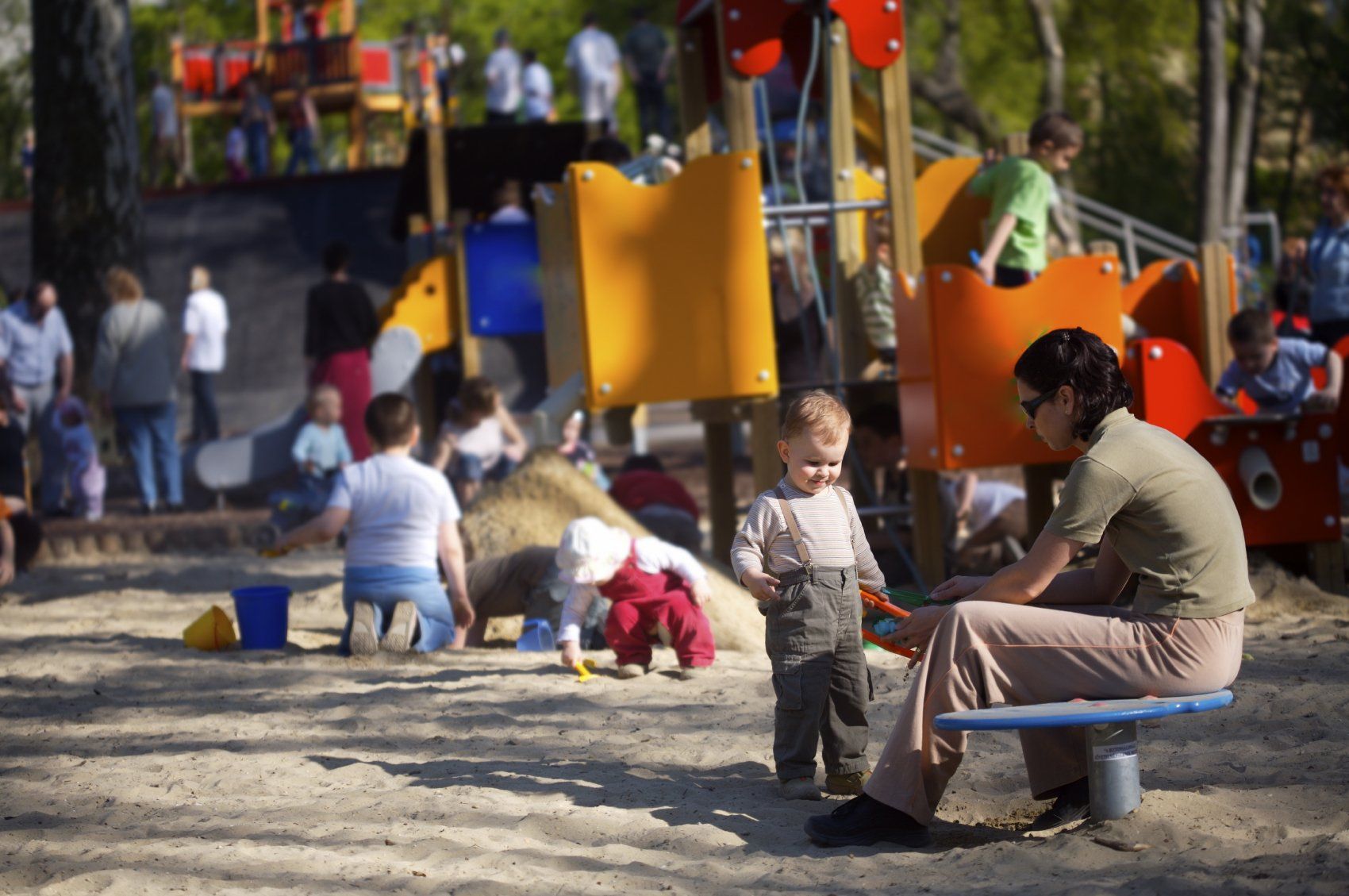Accessible and Inclusive Playgrounds

Accessible and Inclusive Playgrounds
The freedom and space to engage in play is understood to be a vital part of a child’s healthy development, and a fundamental right for all children. However, according to research, many traditional playground layouts marginalize children with disabilities, whether they be physical, neurological or intellectual. Many communities are coming together to advocate for inclusive playgrounds: playgrounds that are not merely accessible for individuals with disabilities, but built for them to enjoy.
Playgrounds in the United States are required by law to be accessible. Accessibility is defined by the Americans with Disabilities Act (ADA), and often includes requirements such as handicap parking, wheelchair ramps, or playground equipment that includes braille for individuals with impaired vision.
12% of the U.S population has a disability that limits or affects at least one function of daily living. But ADA accessibility only provides a minimal level of access for people with disabilities. Accessibility improvements, while important, often still limit individuals with disabilities to certain parts of a park or playground, and often do not include equipment designed to include them in activities, such as swinging on a swing. ADA standards include design components that must simply meet the requirements of the law, but do not necessarily mean that everyone who can access the playground, can use it purposefully.
A non-profit organization,
The National Recreation and Park Association (NRPA), is one of the leading voices in promoting inclusive playgrounds that are not only accessible, but also provide physical spaces for communities to come together and enjoy a public space. According to NRPA, inclusion is defined as:
“Inclusion is an ongoing process rather than an outcome. It is highly contextual to your community, but the process acknowledges that everyone has unique needs, and ensures needs are met and dismantles barriers to good health through park and recreation planning, design, development, programming and maintenance.”
Truly inclusive playgrounds are designed with everyone in mind. This includes:
- Typically developing children
- Children with neurological disabilities such as autism
- Children with intellectual disabilities such as down syndrome or fetal alcohol syndrome
- Children who require wheelchairs or medical equipment
- Children with physical disabilities
- Children with social or emotional difficulties
- Family, siblings, parents, caregivers
- The community: friends, caregivers, teachers
- Adults with disabilities
Most importantly, inclusive playgrounds are designed to be
“physically, socially, and emotionally welcoming.” Instead of merely making it possible for individuals with disabilities to enter a playground, inclusive playgrounds are created for individuals with disabilities to enjoy and explore a play space.
Framework and Toolkit for Inclusive Playgrounds
In a huge step forward, the Maryland Developmental Disabilities Council recently partnered with the Maryland Department of Disabilities, creating a Framework and Toolkit for Inclusive Playgrounds in the state of Maryland. According to this document, which is available online to the public, inclusive playgrounds have four important components:
- They can be used by everyone (accessible)
- They meet the needs of different people (adaptive)
- They encourage people to come together to play and learn (welcoming)
- They make people feel good when they are there (promote feelings of emotional wellbeing)
Inclusive playgrounds, from a planning perspective, adhere to the
principles of Universal Design
means that the space promotes usability by all people, providing both safety and enjoyment. Design features of inclusive playgrounds include benefits that are relevant to both children and parents and caregivers, such as adult seating with shade. Other features include:
- Rubberized ground cover
- Wheelchair accessible, multi-play equipment to encourage inclusion
- Roller slides
- Ramps instead of stairs
- Energizing areas for active engagement
- Calm spaces for rest
- Accessible bathrooms with Universal (Adult) Changing Equipment
- Enclosures that blend with the environment
- Easy to understand signs
The principles of Universal Design, in relation to inclusive playgrounds are as follows:
Equitable use: the playground is useful. The playground appeals to people with diverse abilities.
- Flexibility in use: the playground supports a wide range of preferences and abilities.
- Simple and intuitive use: the playground does not require certain knowledge of concentration levels to understand it
- Perceptible information: communication meets the needs of people with different sensory abilities (for example, textured warning strips on slides to indicate the slide is coming to an end)
- Tolerance for error: swings are not too close to other parts of the playground
- Low physical effort
- Size and space for approach and use (activity board within reach of a standing or sitting person)
Inclusive playgrounds are still few and far between when compared to the number of children who need these spaces to play. However, the state of Maryland has made considerable progress in building new and inclusive playgrounds.
Northwest Regional Park, in Baltimore, has a
Ravens-themed playground that meets the Universal Design standards for inclusivity. In Frederick,
Sophie and Madigan’s Memorial Playground features a Fantasy Land theme with shade tables, rubberized surfaces, and an accessible castle!
All playgrounds are required to adhere to basic accessibility standards. But children, and adults, with disabilities, deserve more than a playground that simply allows them to be there. Everyone should be able to enjoy a space that is fun, inviting, safe and welcoming. Advocating for inclusive playgrounds means advocating for more fun for more children.
Have any favorite inclusive parks? Share with us on our social medial platforms!








